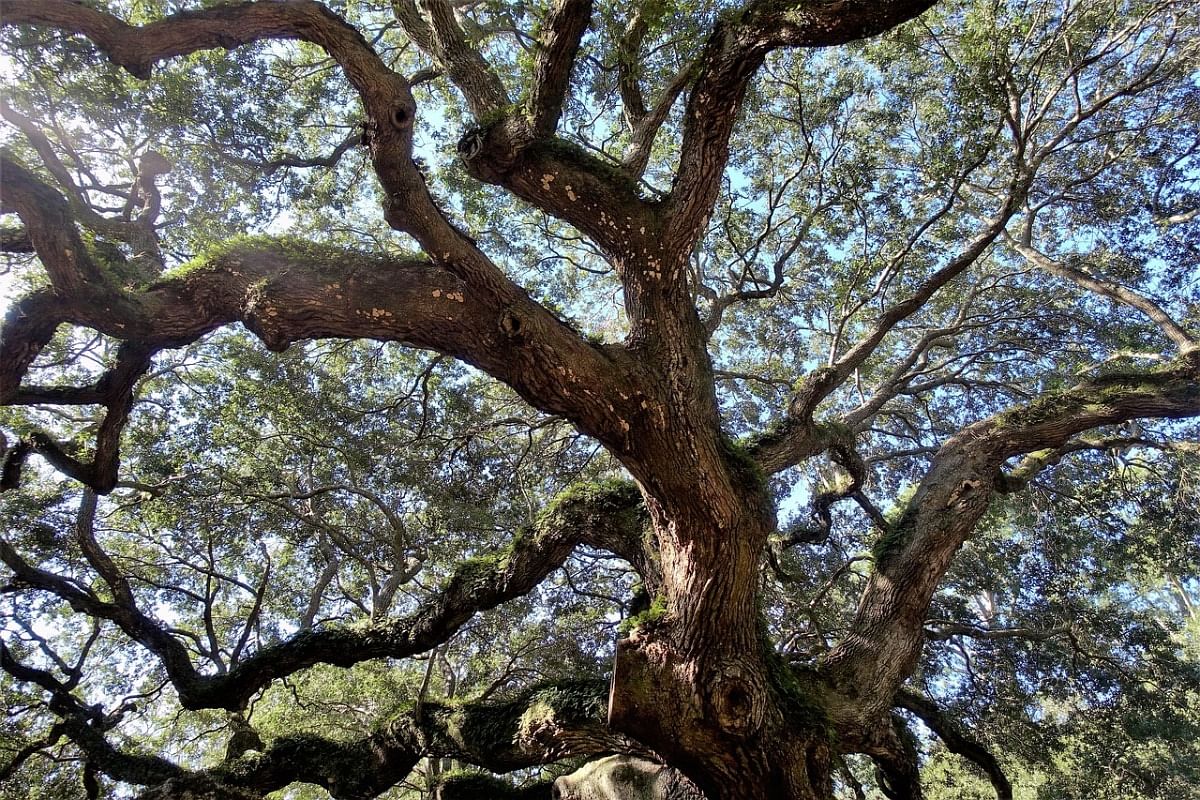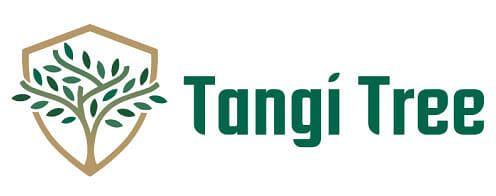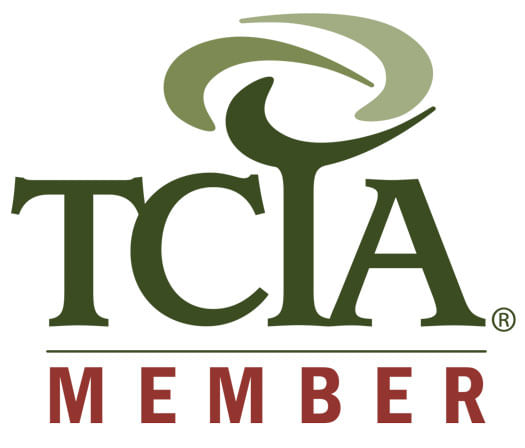Get storm-ready! Be hurricane-prepared BEFORE the season starts.

What Month is Best to Trim Trees?
Tree trimming is an essential part of maintaining healthy, safe, and beautiful trees. Proper trimming encourages stronger growth, removes dead or diseased branches, and improves the overall structure and appearance of a tree. However, the timing of tree trimming is crucial to achieving these benefits. Trimming during the wrong season can stress the tree, potentially causing damage or inviting diseases. By understanding the optimal times to trim, you can ensure that your trees thrive for years to come. At Tangi Tree, we specialize in professional tree care and understand the best practices to help your trees reach their full potential.
Factors That Determine the Best Time to Trim Trees
1) Tree Species: Different species of trees have unique growth cycles and requirements, which can dictate when they should be trimmed. For example, flowering trees may need to be pruned after blooming, while deciduous trees typically benefit from trimming during dormancy.
2) Tree Health and Condition: If a tree is damaged, diseased, or has dead limbs, it may require immediate trimming regardless of the time of year. Addressing these issues promptly can prevent further damage and maintain the tree’s health.
3) Climate and Weather Conditions: Local climate plays a significant role in determining the best time to trim trees. In southern climates like Louisiana, where Tangi Tree operates, trees may have a different trimming schedule compared to trees in northern regions due to milder winters and longer growing seasons.
The Ideal Months for Tree Trimming
Winter (December to February): Winter is widely regarded as the best time to trim most trees, especially in regions like Louisiana where trees experience a dormant period during the colder months. During dormancy, trees are less susceptible to stress, and trimming can be done without interrupting their growth. Additionally, with the leaves off deciduous trees, it's easier to see the tree’s structure and identify branches that need removal. Trimming during winter also minimizes the risk of spreading diseases and pests, which are less active during this time.
Late Fall (October to November): Late fall is another excellent time for tree trimming as it marks the transition into dormancy for many trees. This period allows for pruning without encouraging new growth, which can be vulnerable to frost damage. Trimming in late fall helps prepare trees for the winter months by removing dead or weakened branches, reducing the likelihood of damage from winter storms. It also sets the tree up for a vigorous start in the spring, ensuring healthy growth in the coming season.
Summer (June to August): Though summer is generally not the ideal time for tree trimming, there are exceptions. Certain flowering trees, such as crepe myrtles, may require summer pruning after they have finished blooming to maintain their shape. Summer trimming can also help reduce the size of certain trees that have grown too large for their space. However, it's important to be cautious when trimming in summer, as excessive pruning can stress the tree and make it more susceptible to heat and drought.
Why Timing Matters
Timing is critical when it comes to tree trimming, as improper timing can have negative effects on tree health and growth. Trimming during the right months, particularly when the tree is dormant, reduces the risk of spreading diseases and pests. Trees that are pruned in the winter or late fall have a greater chance of healing efficiently before the next growing season begins. This allows them to direct their energy toward new growth rather than recovering from pruning stress.
Additionally, trimming at the right time can help maximize growth by removing dead or weak branches, which would otherwise compete for nutrients. When done correctly, pruning encourages healthier branch development and improved tree structure. Waiting until the tree is in full growth mode can not only stress the tree but also lead to vigorous growth of unwanted shoots, which can detract from the overall aesthetics and health of the tree. Ultimately, proper timing helps ensure that trees remain strong, healthy, and aesthetically pleasing for many years to come.
Specific Recommendations for Popular Trees in Louisiana
Southern Oak: Southern Oaks are a common sight in Louisiana, known for their majestic appearance and sprawling branches. The best time to trim Southern Oaks is during late winter, just before the tree begins to produce new growth. Trimming during dormancy reduces the risk of disease and allows the tree to heal before the more active growing season begins. Southern Oaks are also susceptible to oak wilt, a deadly disease spread by beetles, so trimming during cooler months when these pests are less active is essential for preventing infection.
Crepe Myrtle: Crepe Myrtles, often referred to as the "queen of flowering trees," should ideally be pruned in late winter or early spring. This timing ensures that the tree is prepared for its stunning summer blooms. Over-pruning or “topping” Crepe Myrtles, however, can damage the tree and reduce its aesthetic appeal. Light pruning after the flowering season in late summer can help maintain the tree’s shape, but heavy trimming should be reserved for winter to avoid disrupting its bloom cycle.
Pine Trees: Pine trees in Louisiana are typically best pruned during the late winter months when their sap flow is reduced, minimizing the risk of attracting bark beetles and other pests. These trees can be susceptible to diseases that spread during warmer months, making winter the safest time for any necessary trimming. While pine trees generally require less frequent pruning, it’s important to remove dead or damaged branches as soon as possible to prevent hazards.
The Importance of Professional Tree Trimming
Trimming trees can seem like a simple task, but improper trimming can cause long-term damage to the tree or even create safety hazards. Professional tree trimming services, such as those offered by Tangi Tree, ensure that trees are trimmed correctly, using the right techniques and tools to promote health and safety. Tree experts understand the nuances of each species and know how to trim them at the appropriate time of year to encourage healthy growth and longevity.
Hiring professionals also reduces the risk of injury, as tree trimming can be dangerous work, especially for large or tall trees. Without the right experience and equipment, there is a higher risk of accidents or property damage. Tree professionals can assess the tree’s condition and determine if any special care is needed to ensure the health of the tree, whether it’s addressing disease, rot, or structural issues. With their expertise, you can be confident that your trees will thrive for years to come, without any of the risks associated with DIY tree care.
Ready for Local Expert Tree Trimming? Contact Tangi Tree Today!
Don’t wait until it’s too late to give your trees the care they need. Tangi Tree is here to provide expert tree trimming services at the right time of year to promote the health, safety, and beauty of your trees. Whether it’s Southern Oaks, Crepe Myrtles, or any other species, our team of professionals is ready to help. Contact us today to schedule your consultation and keep your trees looking their best!






